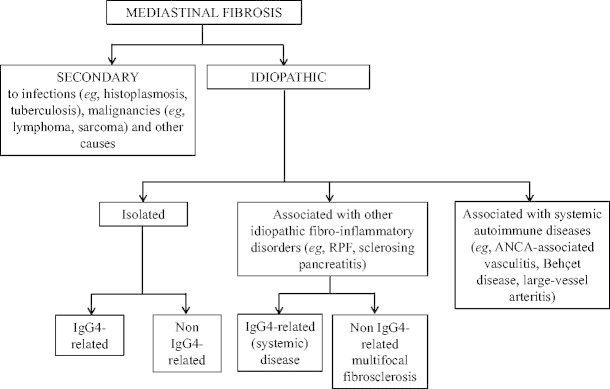
Pulmonary fibrosis is a chronic disease that affects the lungs, especially the airway. It can cause symptoms such as cough, wheezing, shortness of breath, and chest pains. However, it can also cause irreversible lung damage. In some cases, the damage caused by pulmonary fibrosclerosis cannot be reversed, but certain therapies and medications can help improve quality of life and alleviate some symptoms. For example, an invasive lung transplant may be needed for patients with very severe conditions.
Lung fibroids occur when the fibers of the lung become too thick. When adipose tissue becomes too dense, it begins to constrict the airways and can cause severe symptoms. Some of the common symptoms of pulmonary fibrosis are shortness of breath, cough, wheezing, and chest pain oral allergy syndrome. Due to the serious health consequences associated with pulmonary fibrosis, it is important to seek appropriate treatment if you suspect you have this type of condition.
There are several treatments for idiopathic pulmonary fibrosclerosis that are used in combination with traditional medicine. Most patients are treated with a combination of drugs that treat the cause of the disorder and the symptoms. Often these medications are taken at the same time as lifestyle changes. For example, smoking is often prohibited in the treatment of this condition. A diet low in fat and cholesterol is also recommended to reduce the accumulation of fat in the lungs.
In the past, idiopathic pulmonary fibrosclerosis was treated with surgery. This method of treatment is called surgical mesothelioma. Surgery is considered a safe procedure, although there are some risks associated with it. Because the disease is hereditary, it is important to identify and treat any possible risk factors that could lead to the onset of the disease.

In the past, most patients diagnosed with idiopathic pulmonary fibrosclerosis were treated with surgery
This method of treatment is called surgical mesothelioma. Surgery is considered a safe procedure, although there are some risks associated with it. Because the disease is hereditary, it is important to identify and treat any possible risk factors that could lead to the condition. Many of these risk factors include smoking, being overweight, and underweight.
Other treatment options available to patients are non-surgical procedures. These methods are less invasive and do not require surgery or the use of chemicals. These treatments may include a combination of non-steroidal anti-inflammatory drugs and antibiotics. Some of these methods can also be combined to treat more severe conditions. Although surgery is the preferred treatment, many patients choose to avoid surgery because it carries a greater risk and has a higher chance of complications.
Since the symptoms of idiopathic pulmonary fibrosclerosis are relatively the same for patients of all ages, most doctors prefer to treat the condition through a combination of methods. One technique that has been successful in some cases is the use of bronchodilators, which relax the muscles of the airway and help the person breath easier. Bronchodilators can be taken orally or injected directly into the lungs, to keep them open and allow the lungs to breathe. Additionally, physical therapy, which improves blood flow and circulation to the lungs, has helped to reduce the symptoms of idiopathic pulmonary fibrosclerosis.
Pulmonary dialysis may be used to treat idiopathic pulmonary fibrosclerosis. This treatment uses a machine that pumps oxygen and carbon dioxide into the patient's lungs. This helps reduce the amount of fluid that is being produced by the lungs, which is often the cause of pulmonary hypertension. This procedure should be used to treat patients who cannot tolerate regular medications or who have excessive fluid buildup in the lung.